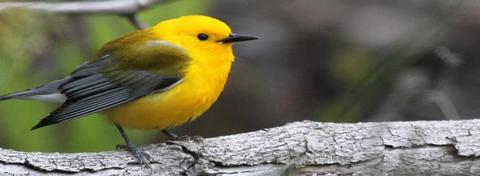Alligator River National Wildlife Refuge
Alligator River National Wildlife Refuge is located on the Albemarle Peninsula in eastern North Carolina. The refuge was established in 1984 to protect the rare pocosin wetlands and their associated wildlife. Pocosin wetlands grow on thick layers of peat and have stunted, shrubby vegetation. In addition to pocosins, the refuge also protects swamp forest and is fringed with marsh. The vast protected area supports large populations of black bear, wintering waterfowl, river otter, and other wildlife species. In addition, the refuge is one of the only places in the world where you may see endangered red wolves in the wild.
From the intersection of US Hwy 64 Business and the Bypass on Roanoke Island, follow US Hwy 64 Business west through Manteo to the north end of the island, approximately 5 miles. The National Wildlife Refuges Visitor Center, which houses administrative Offices for Alligator River National Wildlife Refuge, is on the left, just past the Lost Colony, Elizabethan Gardens, and Fort Raleigh National Historic Site.
